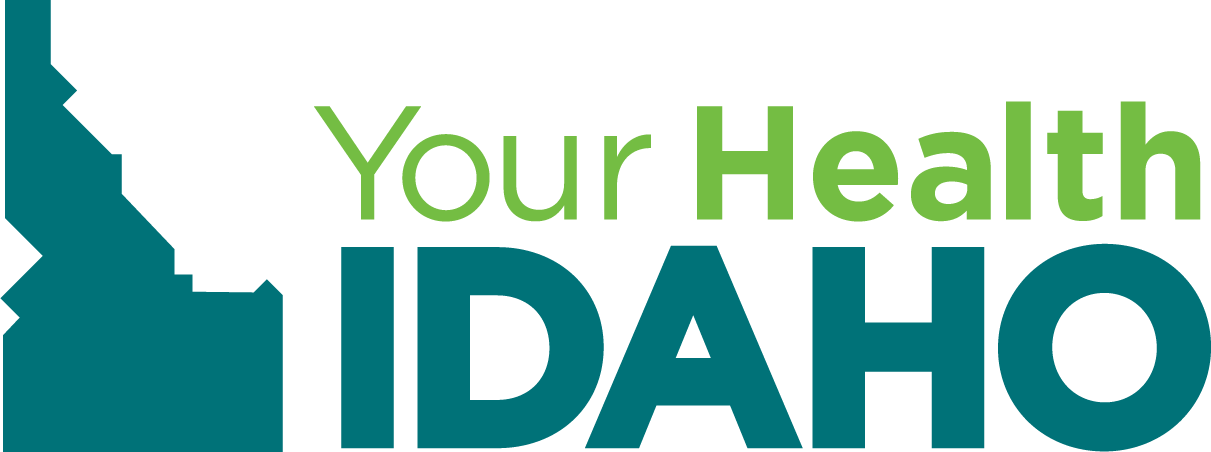How to Read Your Explanation of Benefits
After a visit to your provider, you may receive an Explanation of Benefits (EOB). This document will outline the total cost of your visit, what is paid by your health insurance, and how much you may owe. An EOB is NOT a bill. You may get a separate bill from the provider.
Claim Details
This section of your EOB will summarize the costs of your visit(s). You may see multiple claims in this portion.

How to Read a Summary of Benefits and Coverage
A Summary of Benefits and Coverage (SBC) document provides an overview of your health plan’s benefits, coverage, and limitations and exceptions. The SBC may help you compare plans and provides examples of what type of coverage would be received in common medical situations. You can refer to your SBC when renewing a plan or to better understand your current coverage options and possible cost-sharing expenses.
Header: In this section you’ll find the insurer’s name, the official plan name, coverage period, who the plan covers, and plan type. Double-check the information in this area to make sure you’ve received the correct SBC.

Box above important questions chart: Defines the purpose of the SBC, includes carrier website link, and information on where you can access a glossary defining common insurance terms.

Important questions charts: Provides information about the cost of the health plan, including information on the deductible(s), referral requirements, out-of-pocket limits, and provider networks.

Common medical events chart: Outlines the costs of specific medical visits and procedures under the plan. Expenses for common medical service types are grouped together and what you pay for each type of care is provided. This section will also show you costs for services by in-network and out-of-network providers. The limitations, exceptions, and other important information columns will provide details about service requirements and cost variance.

Excluded services and other covered services:
This section includes:
- Services the plan does not generally cover
- Other covered services that don’t fit into the “Common Medical Events” chart but are still common. This is not an exhaustive list.

Consumer Protection: The content in this section details your rights, if the plan meets requirements for Marketplace insurance, and describes how to file a complaint. It is there for your protection.

Coverage Examples: Each SBC provides examples of scenarios of how a procedure or treatment would be covered by the health insurance plan, and how much you would have to pay. These examples may not reflect the actual costs for services.

Helpful Tips
Know your carrier account password
Creating an online account with your health insurance carrier ensures you have easy access to important policy documents and information about your coverage. You will also be able to access other features offered by your health insurance carrier, such as being able to make payments. To guarantee you can access your account when you need it most, make sure you know your carrier account password.
Check your secure Your Health Idaho Inbox regularly
You will receive important information and documents regarding your health insurance enrollment from Your Health Idaho in your account inbox. It is important to regularly check your inbox to ensure you don’t miss deadlines and have access to important information.
Pay attention to deadlines
When it comes to health insurance, paying attention to deadlines is crucial in ensuring you receive and maintain the health coverage you need. Missing deadlines can result in changes such as the loss of a tax credit.
Explanation of benefits examples provided by Coverage to Care.

